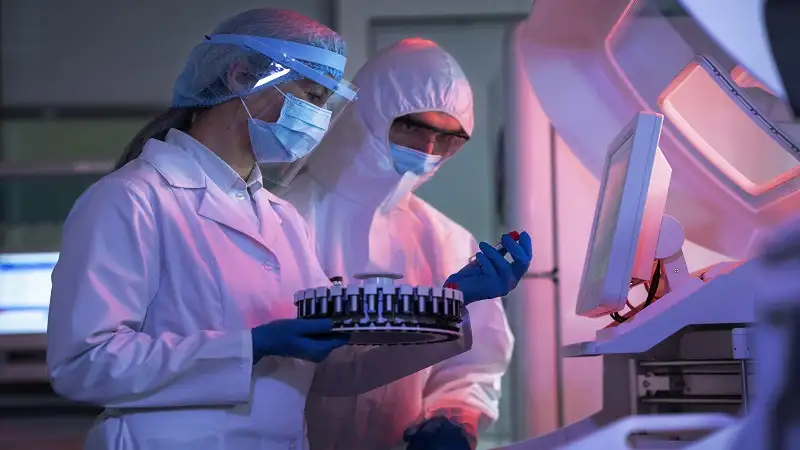Pharmaceutical Technology stands as a beacon of innovation in the pharmaceutical industry, continually pushing the boundaries of drug delivery technology to enhance patient care. One area where significant strides have been made is in dermal drug delivery technology. This article explores the evolution of dermal drug delivery technology within Pharmaceutical Technology, highlighting its importance, advancements, and future prospects.
What Is Dermal Drug Delivery Technology
Dermal drug delivery technology represents a sophisticated approach to administering medications directly to the skin for therapeutic or cosmetic purposes. This technology encompasses various methods, including transdermal patches, micro-needles, and topical formulations, each offering unique benefits and applications. By bypassing the gastrointestinal tract and systemic circulation, dermal drug delivery technology minimizes side effects and maximizes drug efficacy.
Advancements in Transdermal Patches
Transdermal patches have long been at the forefront of dermal drug delivery technology. These patches adhere to the skin’s surface, delivering medications gradually over an extended period. Recent advancements have led to the development of more sophisticated patches capable of delivering a wider range of medications, including hormones, analgesics, and cardiovascular drugs. Improved patch designs and formulation technologies have enhanced drug permeation and patient compliance, making transdermal patches a preferred choice for many patients and healthcare providers.
Micro-Needles: Precision in Drug Delivery
Micro-needles have emerged as a groundbreaking innovation in dermal drug delivery technology, offering precise and minimally invasive drug delivery through the skin. These tiny needles create micro-channels in the skin, allowing drugs to penetrate to specific depths or regions. Micro-needle-based delivery systems hold promise for a variety of applications, including vaccine delivery, insulin administration, and dermatological treatments. Pharmaceutical Technology continues to explore the potential of micro-needles in delivering a wide range of medications safely and effectively.
Topical Formulations: Optimizing Skin Penetration
Topical formulations play a crucial role in dermal drug delivery, offering a convenient and versatile means of delivering medications directly to the skin’s surface. Advances in formulation design have led to the development of novel delivery systems that enhance drug penetration and efficacy while minimizing irritation and side effects. These formulations are used in the treatment of various dermatological conditions, including acne, psoriasis, and eczema, as well as in cosmetic dermatology for anti-aging and skin rejuvenation treatments.
Future Perspectives and Challenges
The future of dermal drug delivery technology holds immense promise, with ongoing research and development efforts focused on overcoming existing challenges and unlocking new possibilities. Regulatory considerations, formulation optimization, and patient acceptance remain key areas of focus for Pharmaceutical Technology. By addressing these challenges and leveraging emerging technologies, Pharmaceutical Technology aims to drive innovation in dermal drug delivery technology and improve patient outcomes in dermatological care.
Conclusion
Dermal drug delivery technology represents a cornerstone of innovation within Pharmaceutical Technology, offering precise, targeted, and patient-friendly solutions for delivering medications directly to the skin. From transdermal patches to micro-needles and topical formulations, these technologies continue to evolve, providing new avenues for enhanced drug delivery and patient care. With its commitment to advancing dermal drug delivery technology, Pharmaceutical Technology remains at the forefront of innovation in the pharmaceutical industry, shaping the future of dermatological care and improving the lives of patients worldwide.
